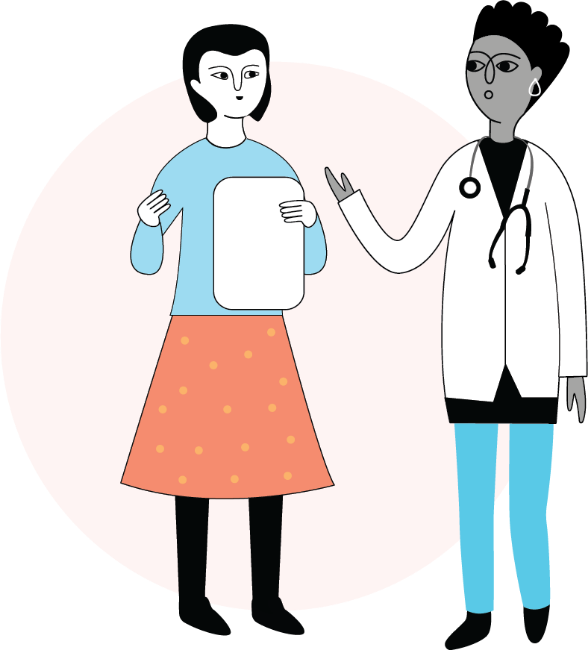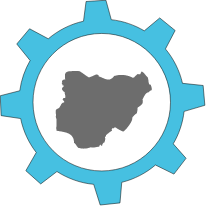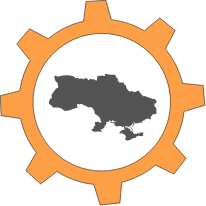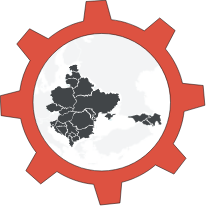Engaging Young People
Across Sectors
A Practical Guide for Amplifying the Positive Impact of Youth-
led and Youth-Serving Democracy, Rights and Governance
Programs
Mark Simonson – Proxima Nova
Black Italic.otf
Mark Simonson – Proxima Nova
Black.otf
Mark Simonson – Proxima Nova
Bold Italic.otf
Mark Simonson – Proxima Nova
Bold.otf
Despite constituting more than half of the global population, young people continue to be underrepresented in decision-making processes. Efforts to establish sustainable gains in development and grow young people’s decision-making power must consider their civic and political participation. Leveraging strategic partnerships across sectors and designing youth-focused, cross-sectoral programs can create opportunities for meaningful engagement and improved democratic outcomes. When diverse stakeholders, such as international organizations, national and local civil society organizations (CSOs), and young people working in sectors outside of the democracy, rights, and governance (DRG) space align their efforts, they can amplify the positive impact of their initiatives.
Drawing from a series of case studies of United States Agency for International Development (USAID)-funded programs in Europe, Nigeria, Ukraine, and the Pacific Islands, as well as the expertise of young leaders from around the world, this toolkit, Engaging Young People Across Sectors, is a resource for youth development practitioners and young leaders as they design and implement programs and initiatives that help young people gain political knowledge and assume leadership roles within locally-led development processes across key development sectors. Young people and development practitioners will also gain a more nuanced understanding of the importance of linking DRG and other sectors, as well as which cross-sectoral approaches have been effective in achieving long-term, sustainable change.

What are Cross-Sectoral Programs and Why Are They Important?
Young people around the world are at a critical juncture as they inherit an array of complex challenges, including environmental degradation, growing social and economic inequality, and decreasing levels of public security. At the same time, their socio-economic opportunities are increasingly limited and they must contend with entrenched leaders who are tightly holding the reins of power. In response, young people are finding creative ways to express their dissatisfaction with the status quo and demanding a more just, equitable, and sustainable future.
Informal youth political participation is on the rise and young people are increasingly taking action on issues they care about and leading efforts to foster positive change, for example collective action on issues such as economic inequality, corruption, and gender discrimination. However, the space for youth participation in mainstream decision-making remains limited and there are few formal opportunities or resources for young people to design or take part in programs or initiatives that engage multiple sectors.
Cross-sectoral programs integrate USAID approaches to locally-led development and youth-driven systems change. Both approaches envision local actors, including young people, as leaders who are essential for fostering sustainable results across development and human rights work. Cross-sectoral programs also engage local actors to address the root causes of social challenges, which are often intertwined with and impacted by politics. For example, in order to address challenges related to COVID-19, community leaders need to not only consult healthcare experts to determine what safety measures are most effective, but they also need to engage government officials to create policies that ensure safety measures are followed. When young people in particular have opportunities to explore the connection between, for example, health inequalities and political participation, along with the flexibility and resources to act, they are able to design and implement initiatives that leverage expertise and political entry points across sectors.
Informed by positive youth development (PYD) principles, cross-sectoral approaches also address some of the barriers to youth exclusion from decision-making by helping young people understand and address power dynamics and intergenerational relationships in their work. For instance, by collaborating with stakeholders in the government, education, and media sectors, youth implementers will better understand the different types of power in their community, how that power is used across sectors to maintain the status quo, and as a result, how to influence power dynamics to create positive change.
Case Studies and Promising Practices
Through a review of CEPPS youth programs, the CEPPS DRG CSI identified several initiatives with cross-sectoral approaches and components.
The programs and countries selected include:


The Pacific Islands
- Youth Leadership Training School
- Support for University of South Pacific Student Association

To develop the case studies, CEPPS reviewed youth success stories, internal program reports, and public media, in addition to conducting semi-structured interviews with the CEPPS teams that implemented the intervention. CEPPS also facilitated several discussion sessions with the DRG CSI Youth Advisory Group (YAG) to review the case studies and identify strengths, gaps, and opportunities to guide the development of cross-sectoral programs. Using the findings distilled from the focus group discussions, CEPPS identified strategies and promising practices for working across sectors that are effective for increasing youth political participation and leadership. CEPPS also consulted members of the Generation Democracy Network to ensure that the recommendations in the toolkit are practical and actionable.







